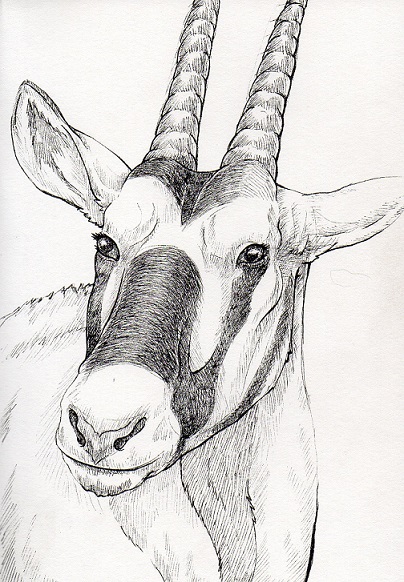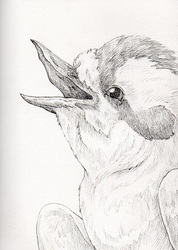Sign In
CloseTotem of the day is Oryx! You are working hard and must celebrate the path you have been taking. Pay attention to what is going on around you for you may realize that something new has changed from fantasy into a reality you can grasp. However, you may need to let go of past thoughts or memories that no longer serve a positive purpose in your life. Use the wisdom and clarity that can come with the Oryx guide to grow stronger than the negatives that once held you back. Oryx can aid you in finding balance, navigating past problems, and reaching for your goals. The Oryx spirit guide is known for it's connection to rising above obstacles, survival, teamwork, protection, and a calm mind. Oryx can come as a reminder that you may need to be ready to defend yourself or your loved ones, however, it is important to remember when and how to do so. Call on this guide for the grace, speed, and agility necessary to problem solve past any obstacles. At the same time, Oryx aids in calming the mind so that we can be calm and aware of our surroundings. Due to it's incredible speed, the Oryx has been associated with deities connected to the wind as a messenger. This association with Air also connects this guide to intelligence and thought. People who connect with Oryx are often loved by others regardless of the mistakes they may have made in the past. These individuals often have a love for running or fitness and a deep bond with their family. They are intelligent, graceful types with a deep well of knowledge.
Oryx, Oryx Gazelle, are herbivorous mammals that can live up to approximately 15 years in the wild. Their are 4 species of Oryx: the Arabian Oryx, Scimitar Oryx, East African Oryx,and the Gemsbok. The Gemsbok and the East African Oryx are closely related species that can be found in southern Africa. Two subspecies exist from the East African Oryx called the Beisa Oryx and the Fringe-eared Oryx. The Scimitar Oryx can be found in North Africa and is nearly extinct in the wild with only a few populations reported. The Arabian Oryx is the only species that can be found in the Arabian Peninsula and is known as the smallest of the species. Oryx are members of the Antelope family and are unfortunately becoming endangered due to humans hunting them for their horns. An adult Oryx grows to approximately 4.5" at the shoulder and weigh over 400 lbs. Both males and females possess their amazing horns which are made out of keratin and will continue to grow their entire life. These horns can grow as long as 30 inches or more in some cases. Only the Scimitar Oryx has horns that curve backwards. These animals have a thick neck, short manes, and a stocky, muscular body. While the Arabian Oryx is a pure white often seen as a symbol of it's connection to the Gods, other species of Oryx possess striking black markings across their face, throat, chest, and flanks. Their light colored fur aids in reflecting the sun's heat. Adapted to the heat, Oryx prefer habitats such as deserts and steppes. Some Oryx will gather together in herds of 10 to 40 individuals while other oryx are more territorial and will mark their territory with dung to ward off others. Those that remain in herds are led by the oldest male Oryx who claims dominance through fights that test their strength. Herds will move together searching for food and water. Their excellent sense of smell enables them to know when rain is falling which turns the herd towards the rain in order to find newly growing plants. The diet of an Oryx consists of grasses, thorny shrubs, leaves, as well as melons, tubers, and roots. They find most of their water intake in the plant materials that they consume. The kidneys of an Oryx are also adapted to reduce water lost through urination and sweating only occurs in temperatures above 116 degrees Fahrenheit. Foraging for food generally occurs in the late afternoon and early morning. Rain often indicates when the breeding season occurs. In general, births occur between December and April. A mother will give birth to a single calf already weighing up to 22 lbs. They are born entirely brown and will only gain their markings when they are old enough to join the herd. Directly after birth, however, the calf is hidden from the herd for up to 3 weeks. The mother will visit 2 to 4 times a day to feed it. At around 9 months old, the calf is weaned and will reach maturity between 18 and 24 months of age.
Submission Information
- Views:
- 586
- Comments:
- 0
- Favorites:
- 1
- Rating:
- General
- Category:
- Visual / Traditional




